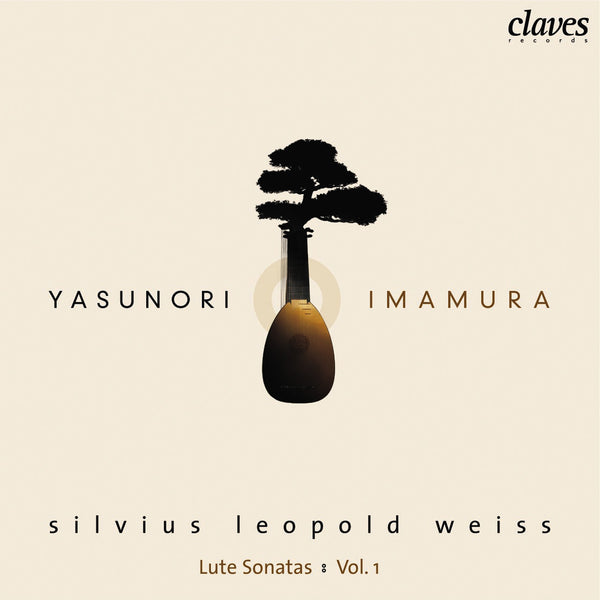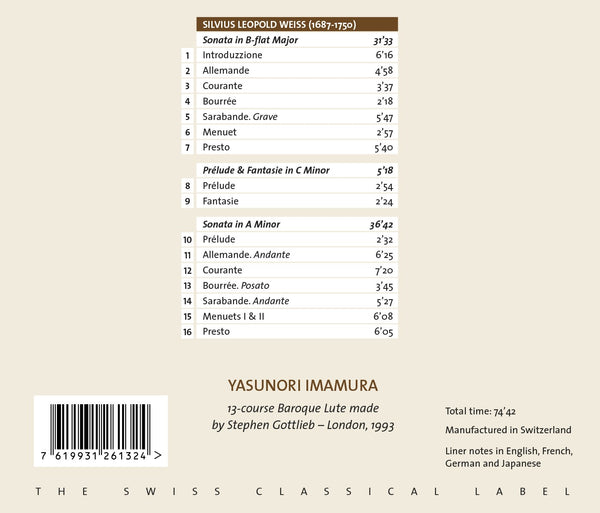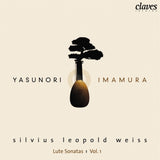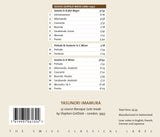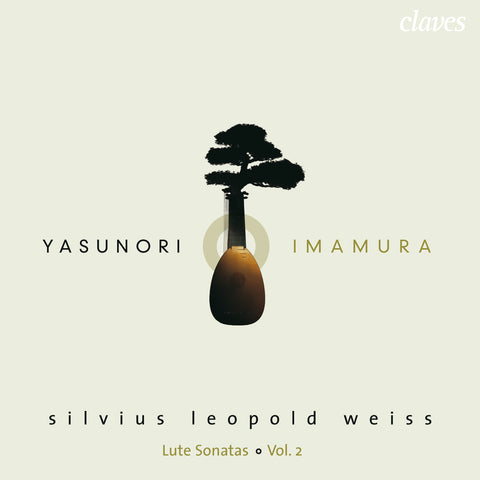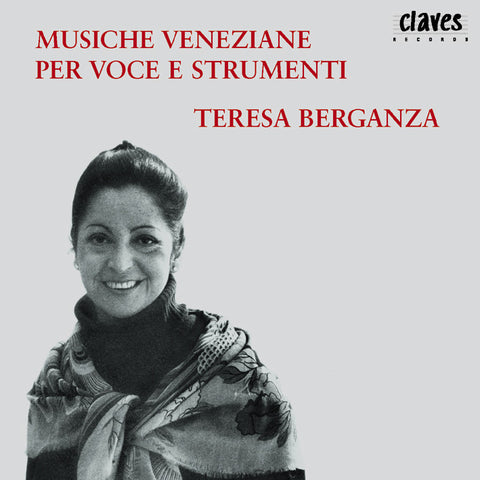(2006) Weiss: Lute Sonatas Vol. I
Category(ies): Ancient music
Instrument(s): Lute
Main Composer: Silvius Leopold Weiss
CD set: 1
Catalog N°:
CD 2613
Release: 2006
EAN/UPC: 7619931261324
- UPC: 829410489669
This album is now on repressing. Pre-order it at a special price now.
CHF 18.50
This album is no longer available on CD.
This album has not been released yet. Pre-order it from now.
CHF 18.50
This album is no longer available on CD.
CHF 18.50
VAT included for Switzerland & UE
Free shipping
This album is no longer available on CD.
VAT included for Switzerland & UE
Free shipping
This album is now on repressing. Pre-order it at a special price now.
CHF 18.50
This album is no longer available on CD.
This album has not been released yet.
Pre-order it at a special price now.
CHF 18.50
This album is no longer available on CD.
CHF 18.50
This album is no longer available on CD.
WEISS: LUTE SONATAS VOL. I
THE WORKS
The Sonata in B-flat Major and the Sonata in A Minor on this recording are representative of the high point of Weiss’ compositional style. Both can be found in one of the two major collections of Weiss’ compositions, the so-called “Dresden manuscript”. The Sonata in B-flat Major is the number 25 in this collection (Smith-Crawford no. 49), the Introduzzione is taken from the Sonata No. 27 (S-C no. 50). The Sonata in A Minor is the number 16 in the Dresden collection (S-C no. 43), the Bourrée (Posato) from the Sonata No. 14 (S-C no. 42). Both works most likely were composed after 1725 and were written for 13-course (Baroque) lute. The Prélude and the Fantasy in C Minor are both from the second major collection of Weiss’ compositions, the London manuscript, which contains mostly early works. The Prélude is from the Sonata in C Minor (London manuscript no. 21, S-C no. 27) and is for 13-course lute, although the last course is not employed. The Fantasy in C Minor (London manuscript no. 16, S-C no. 9) contains the note “Weiss 1719 in Prague” and is for an 11-course instrument.
MUSICAL INFLUENCES
Careful listeners will be able to hear in these works the path that Silvius Leopold Weiss’ career followed, especially the obvious influences of Italian music on his style. This is also reflected in Weiss’ frequent use of Italian terms such as suonata, introduzzione or presto. He otherwise named the movements of his works in the typical French style of the time (Allemande, Courante, Bourrée, Sarabande, Menuet, etc.). The mixture of French and Italian musical styles and elements was common at the time. Nevertheless (or just for this reason) his lute music is typical of the late Baroque period in Germany and yet quite unique in its art.
IMPROVISATION
Yasunori Imamura’s performance does great justice to Weiss’ genius as composer and performer. The Prélude from the Sonata in A Minor is an improvisation by Imamura. Traditionally the preludes to works often were not notated; it was the moment when the performer could demonstrate his skill at improvisation. Imamura is a master of this art and thus pays tribute to his great mentor from the past.
BEAT HÄNGGI
(Translation: Mark Manion)
Yasunori Imamura
Yasunori Imamura was born in Osaka, Japan. He studied lute with Eugen M. Dombois and Hopkinson Smith at the Schola Cantorum Basiliensis, where he earned his diploma as a soloist. He also studied performance practice and thorough- bass with Ton Koopman and Johann Sonnleitner and composition with Wolfgang Neininger.
Today, Imamura is recognised as one of the prominent figures of the lute, both as leading soloists and continuo-players on the lute. He is professor for lute at the Conservatoire National de Région de Strasbourg as well as at the Hochschule für Musik und Darstellende Kunst, Frankfurt am Main. He also regularly gives a number of master classes in Europe and the Far East. His solo recordings include lute music of Johann Sebastian Bach, Silvius Leopold Weiss, Robert De Visée and Simone Molinaro. As a continuo player he has collaborated with such artists as Cecilia Bartoli, Teresa Berganza, Gérard Lesne, Marc Minkowski, William Christie, Martin Gester, Jean-Claude Malgoire, Jos van Immerseel and Alan Curtis on more than 100 recordings.
Imamura is a member in the following music ensembles: “La Stagione Frankfurt”, “Les Musiciens du Louvre” (Grenoble)‚ “Le Parlement de Musique” (Strasbourg) and the “Camerata Köln” (Cologne). He has led the “Fons Musicae” ensemble since 1997, performing throughout Europe and the Far East. To date they have made five recordings (Lambert, Bononcini, Steffani, Caldara and Gasparini) that have earned various international awards such as the “Classica” or the “Sterne des Monats”.
THE WORKS
The Sonata in B-flat Major and the Sonata in A Minor on this recording are representative of the high point of Weiss’ compositional style. Both can be found in one of the two major collections of Weiss’ compositions, the so-called “Dresden manuscript”. The Sonata in B-flat Major is the number 25 in this collection (Smith-Crawford no. 49), the Introduzzione is taken from the Sonata No. 27 (S-C no. 50). The Sonata in A Minor is the number 16 in the Dresden collection (S-C no. 43), the Bourrée (Posato) from the Sonata No. 14 (S-C no. 42). Both works most likely were composed after 1725 and were written for 13-course (Baroque) lute. The Prélude and the Fantasy in C Minor are both from the second major collection of Weiss’ compositions, the London manuscript, which contains mostly early works. The Prélude is from the Sonata in C Minor (London manuscript no. 21, S-C no. 27) and is for 13-course lute, although the last course is not employed. The Fantasy in C Minor (London manuscript no. 16, S-C no. 9) contains the note “Weiss 1719 in Prague” and is for an 11-course instrument.
MUSICAL INFLUENCES
Careful listeners will be able to hear in these works the path that Silvius Leopold Weiss’ career followed, especially the obvious influences of Italian music on his style. This is also reflected in Weiss’ frequent use of Italian terms such as suonata, introduzzione or presto. He otherwise named the movements of his works in the typical French style of the time (Allemande, Courante, Bourrée, Sarabande, Menuet, etc.). The mixture of French and Italian musical styles and elements was common at the time. Nevertheless (or just for this reason) his lute music is typical of the late Baroque period in Germany and yet quite unique in its art.
IMPROVISATION
Yasunori Imamura’s performance does great justice to Weiss’ genius as composer and performer. The Prélude from the Sonata in A Minor is an improvisation by Imamura. Traditionally the preludes to works often were not notated; it was the moment when the performer could demonstrate his skill at improvisation. Imamura is a master of this art and thus pays tribute to his great mentor from the past.
BEAT HÄNGGI
(Translation: Mark Manion)
Yasunori Imamura
Yasunori Imamura was born in Osaka, Japan. He studied lute with Eugen M. Dombois and Hopkinson Smith at the Schola Cantorum Basiliensis, where he earned his diploma as a soloist. He also studied performance practice and thorough- bass with Ton Koopman and Johann Sonnleitner and composition with Wolfgang Neininger.
Today, Imamura is recognised as one of the prominent figures of the lute, both as leading soloists and continuo-players on the lute. He is professor for lute at the Conservatoire National de Région de Strasbourg as well as at the Hochschule für Musik und Darstellende Kunst, Frankfurt am Main. He also regularly gives a number of master classes in Europe and the Far East. His solo recordings include lute music of Johann Sebastian Bach, Silvius Leopold Weiss, Robert De Visée and Simone Molinaro. As a continuo player he has collaborated with such artists as Cecilia Bartoli, Teresa Berganza, Gérard Lesne, Marc Minkowski, William Christie, Martin Gester, Jean-Claude Malgoire, Jos van Immerseel and Alan Curtis on more than 100 recordings.
Imamura is a member in the following music ensembles: “La Stagione Frankfurt”, “Les Musiciens du Louvre” (Grenoble)‚ “Le Parlement de Musique” (Strasbourg) and the “Camerata Köln” (Cologne). He has led the “Fons Musicae” ensemble since 1997, performing throughout Europe and the Far East. To date they have made five recordings (Lambert, Bononcini, Steffani, Caldara and Gasparini) that have earned various international awards such as the “Classica” or the “Sterne des Monats”.
Return to the album | Read the booklet | Composer(s): Silvius Leopold Weiss | Main Artist: Yasunori Imamura







